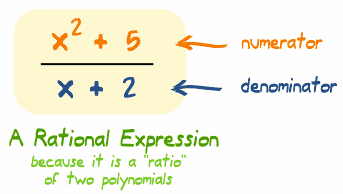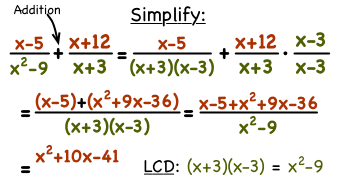Okay, so first let's review quadratic equations and how to solve them.
How does a quadratic equation look like? And how do you solve them?
Well a quadratic equation is an equation that has an exponent of two inside the equation. And in order to solve it, you have to plug it in into the following formula:
So let's say you have the following equation: 3x^2+6x-7=0 All you have to do is plug in a,b, and c into the quadratic formula to find x. REMEMBER THAT YOU WILL ALWAYS GET TWO ANSWERS FOR A QUADRATIC EQUATION!
Now that you know how to solve a quadratic equation, here's a little story for you to read:
Okay, now let's take it a step further and instead of just plugging the equation into the formula, what if you're asked to complete the square? :o
No worries, it's quite easy.
First let's take an equation.
Here you go --> 2x^2+8x=10
Divide the whole equation by 2 to get x^2+4x=5
Then you have to divide the bx term by two to get 2 and then square it to get 4. This will now be your c term and you will have to add this to the other side. You will end up with x^2+4x+4=9. You have completed the square! :D
So just to sum it all up, here are the steps you should follow for any problem in which you have to solve a quadratic equation by completing the square:
Step 1: Put the variable terms on one side of the equation and the constants on the other side. Make sure the coefficient of the squared term (a) is 1.
Step 2: Find the value that will complete the square by taking half of the linear term coefficient (b) and squaring it.
Step 3: Add the value to each side.
Step 4: Factor the perfect square.
Step 5: Solve by taking the square root of both sides.








